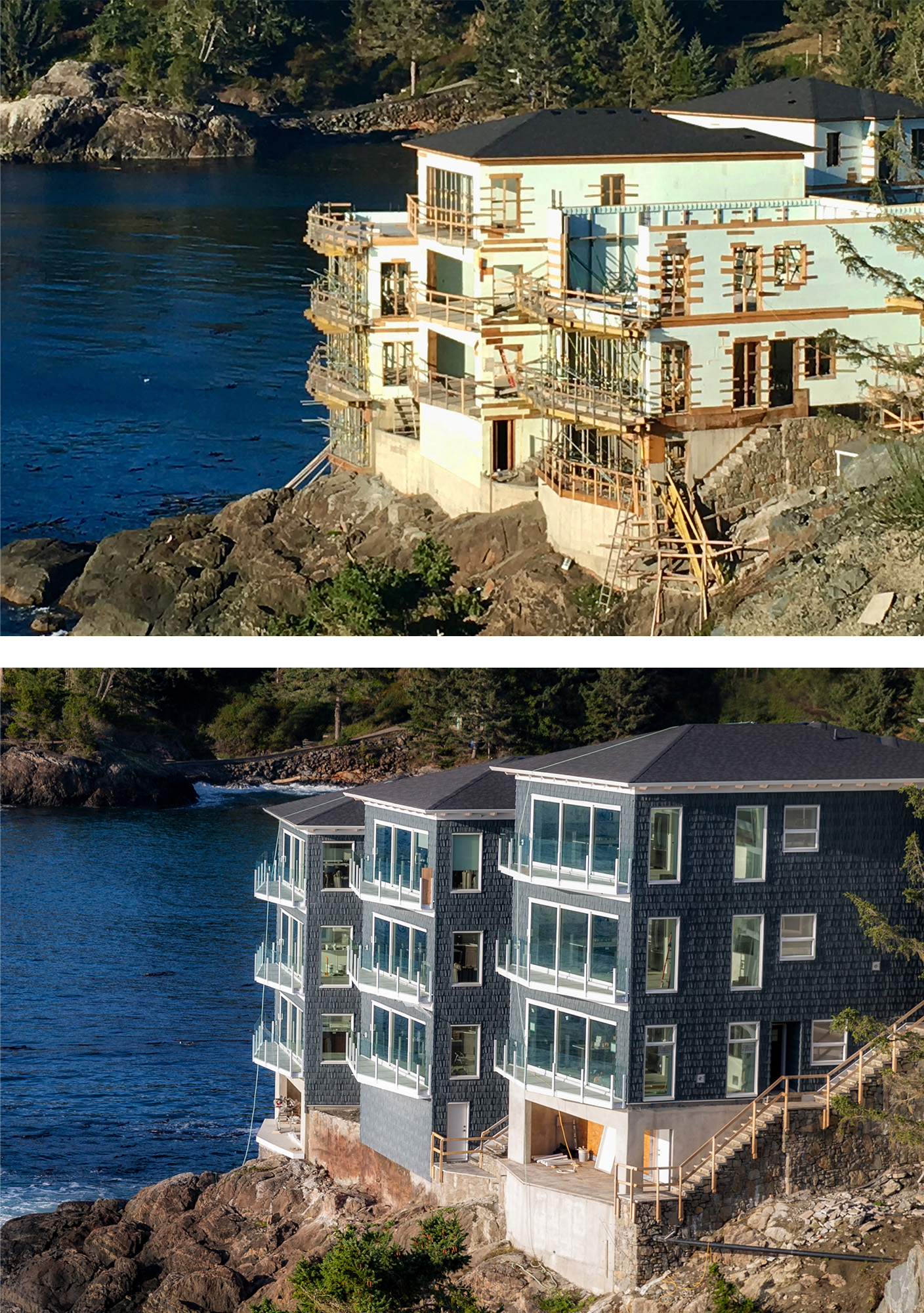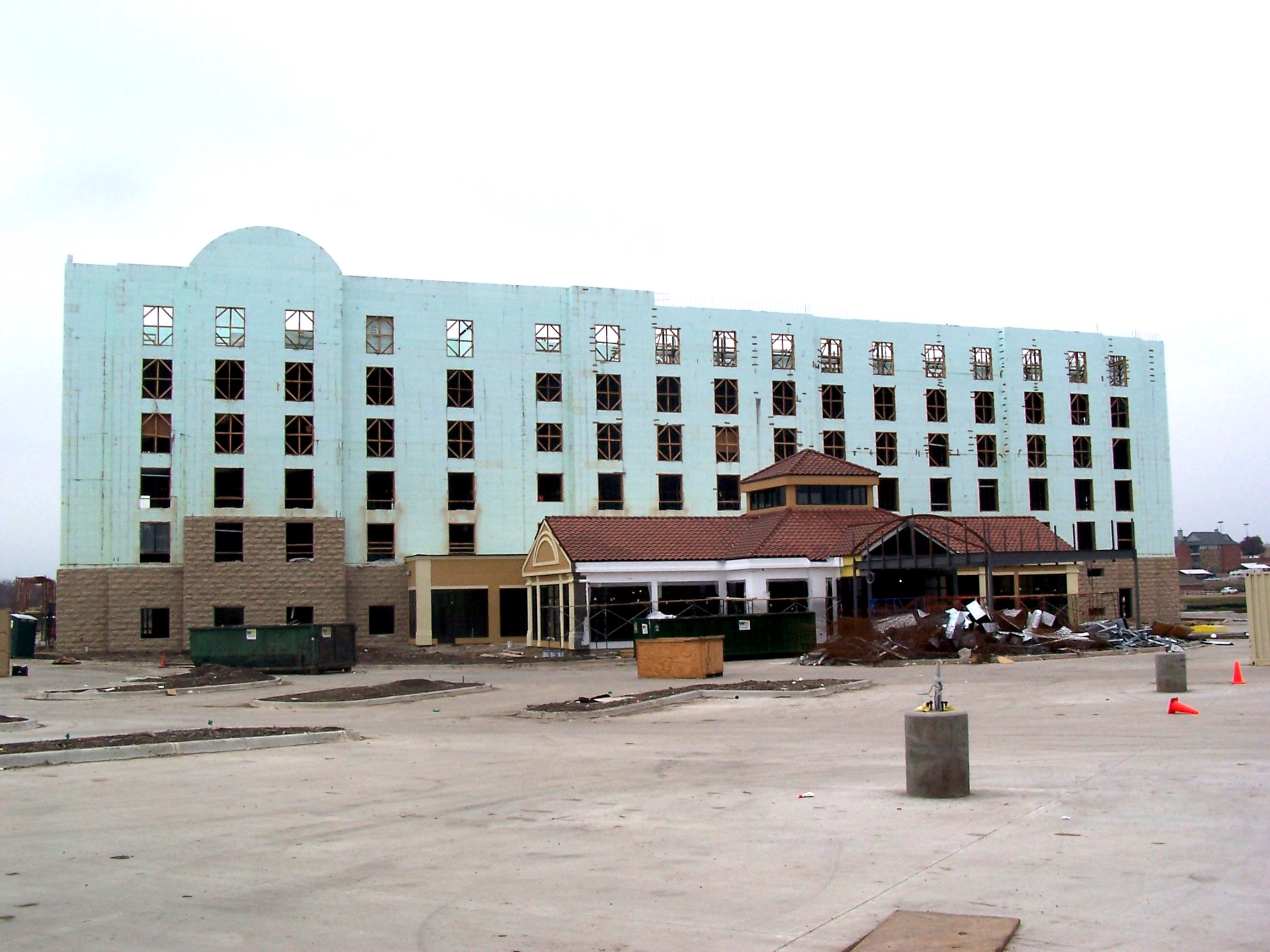
- Products
- Why Nudura
- Nudura Project Applications
- Training Academy
- Resources
- Company
In building construction and property management, you have to tackle countless variables and obstacles to achieve the best results. What if your business could intercept those threats to guarantee your project is a success? Protect your structures and your company by building with Insulated Concrete Forms (ICFs).
Construction Risk Mitigation
If you’re in the process of planning or designing a new building, whether it’s a corporate headquarters, a residential development, or mixed-used structure, Insulated Concrete Form construction is the best building method for risk mitigation and maximizing your return on investment (ROI).
Standalone buildings and entire campuses benefit from ICFs’ ease of installation, durability, sustainability and cost-savings. Take a look at some major threats that may impact your project and how Insulated Concrete Forms can help you overcome them.

Threat #1- Schedule Setbacks
You determine your project timeline and date for occupancy. Once you break ground, the last thing you need is for a construction mishap or inclement weather to set the schedule back, costing more money on materials and labor. Build right the first time with insulated concrete forms and you can avoid call-backs and minimize weather-related delays.
ICF blocks are lightweight and quick to install, minimizing labor fatigue and the chance for error. They combine six building steps into one that reduce the number of trades needed on the site for an altogether streamlined construction process. Because ICFs can be stacked in virtually any climate or temperature, construction can proceed year-round so weather doesn’t stand in the way of your project timeframe and you can open the building sooner.
Threat #2- Tornadoes, Hurricanes and Wildfires
It only takes one natural disaster to completely destroy a structure. Avoid fear of damage, property loss, liability, and subsequent rebuild and repair costs with insulated concrete form wall assemblies. ICFs’ endurance makes them ideal for regions prone to tornadoes, hurricanes, and wildfires.
ICF buildings can withstand winds up to 250 mph (402 kph), are impact-resistant to flying debris and have proven resilience in the face of extreme weather. This superior strength is why ICFs are frequently chosen to construct safe rooms and storm shelters, engineered to FEMA and ICC-100 standards.
In the event of a fire, ICF walls have a 4-hour fire-rating, compared to 45 minutes for wood-frame structures. Reducing the spread of flames allows tenants more time to evacuate and gives emergency crews more time to arrive on scene to put out the flames and minimize property damage.
If you’re investing millions of dollars into a new build, you don’t want to have to start over from scratch again. Buildings constructed with insulated concrete forms maintain their structural integrity even in the face of the worst conditions, safeguarding lives and financial assets.
Threat #3- Building Maintenance
Once the new building has opened, you don’t want to have to call contractors or trades people back for repeated maintenance. Protect your investment by vetting different building materials and their repair needs over time.
When looking at organic materials like wood-framing, there is the threat of water absorption, mold growth, and termite damage. Repair costs for these issues, especially if they necessitate displacing occupants, can be astronomical.
Both ICF blocks and their concrete core are inorganic materials and therefore are resistant to these hazards. The long-lasting structural integrity of a monolithic concrete wall, sandwiched between two layers of foam insulation, means an impenetrable building envelope. The composition of Nudura’s Insulated Concrete Forms act as a built-in air and vapor barrier for extra protection from the elements.

Threat #4- Operational Costs
In addition to the financial implications of maintenance and repair, operational costs include the inevitable utility bills for heating and cooling your building. The continuous insulation and thermal mass of ICF walls creates an energy-efficient building envelope that reduces air leakage and minimizes the load on HVAC equipment. This sustainability equates to substantially decreased energy costs. Many structures have even achieved net-zero energy status by building with Insulated Concrete Forms.
For your future building projects, consider ICFs to help you produce durable, energy efficient structures that reduce ongoing maintenance and operational costs. The advantages of building with Insulated Concrete Forms ultimately give businesses financial resilience to overcome unexpected challenges during the design/build process and throughout the life of the structure.
CONTACT US
We’re committed to supporting homeowners and design professionals who are interested in or use our products. We’re always happy to help and provide more information.




